D750 and Lens Mini-Reviews
Since the D750 is not a current camera, and the lenses I own are also relatively older (only two are currently in production: the AF-S 24-85mm f/3.5-4.5 VR and the AF-S 50mm f/1.8), rather than do full reviews, I thought I’d just do a section of very quick mini-reviews of the Nikon gear I’ve used over the past month. All the gear I used was used, and I’ve included the price I paid for the gear and where I got it.
Nikon D750 – Price paid: $450 (World of Photography, Columbus, OH)
Announced in 2014, the D750 has been one of Nikon’s most popular DSLRs, and in my experience with the camera, it’s not hard to see why. The D750 has a very strong feature set, though as expected for a 9 year old body, some of those features aren’t as polished as with more current cameras. The body is an exceptionally solid camera made of magnesium alloy and carbon fiber, with nice rubber grips. It’s a medium sized SLR, and is fairly dense, weighing in at 750g.
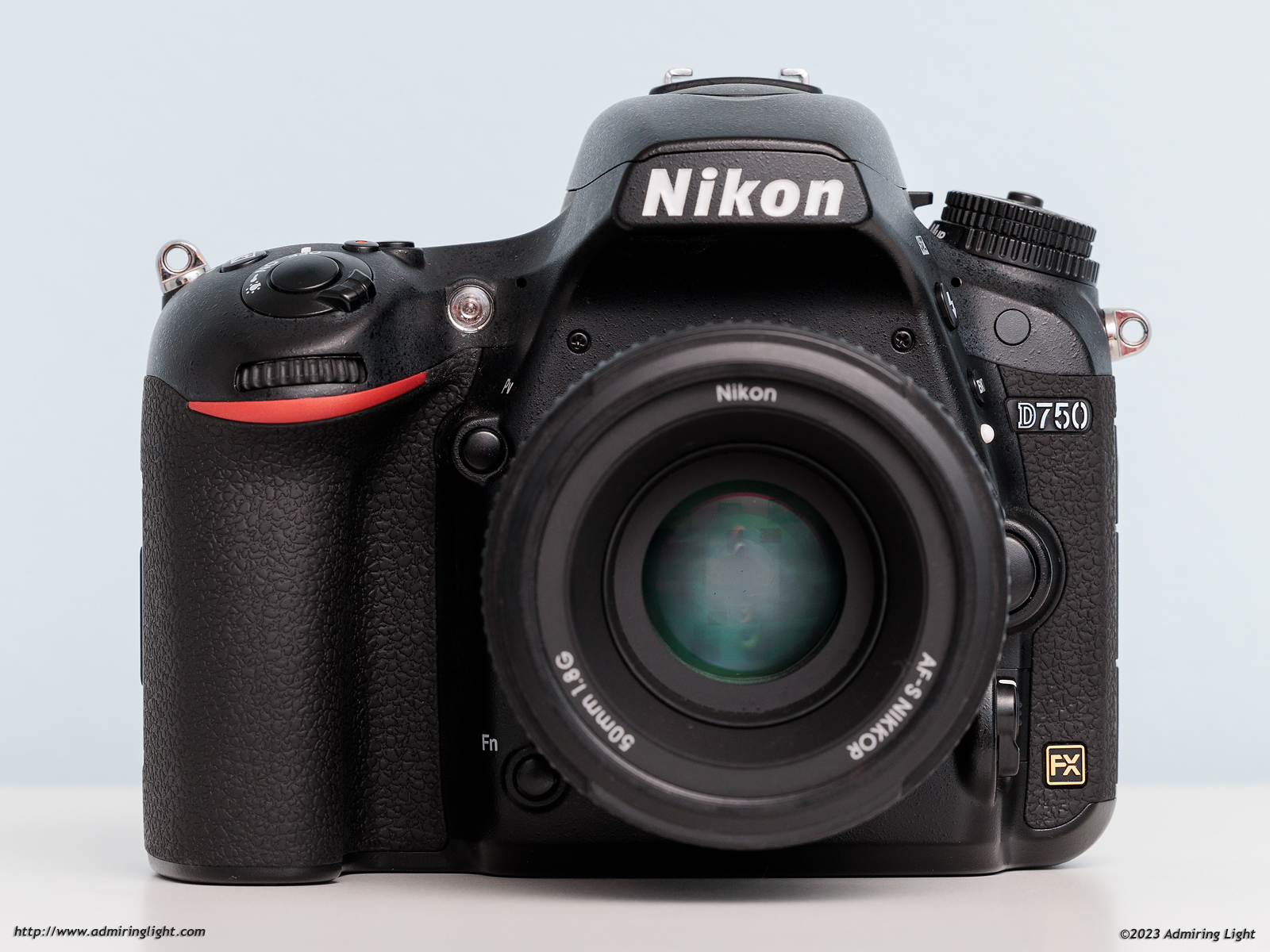
This is my first modern Nikon camera, and so learning how Nikon does things took some time to get used to, but after a few days, I became well acquainted with the control scheme. The buttons and dials are generally placed in accessible positions, and there’s some customization that can be performed, but not nearly to the degree of most modern cameras. The feel in the hand is generally pretty good, with a deep grip and comfortable place for your thumb on the back. I am not the biggest fan of the shape of the grip on the D750, and I prefer the feel of both my Canon R5 and R8 in the hand.
There were a few design quirks that I still feel are simply not great. First, I find it odd that Nikon doesn’t put a focus point joystick on their mid-range DSLRs (even the D780 lacks one). As such, moving focus points is done only by the small-ish four way controller. I also don’t like the location of the magnification buttons, which sit on the left of the camera. This would continue to annoy me if there wasn’t the option to magnify to 100% using the OK button. The dials for mode and drive mode are stacked and locked, and are great. I can’t say the same for the front and rear command dials, which just have a pretty mediocre feel.
The viewfinder is an optical finder with 0.7x magnification and a decent matte focus screen, allowing for fairly easy manual focus. The rear screen is a 3.2″ 1.2 million dot panel that can tilt out for low to the ground shooting in live view. The screen is bright and has good color, but is a bit lower in resolution than I’m used to at this point, making checking critical focus a little harder. Still, it’s a good rear screen for a camera from this era.

The camera is responsive and has a well organized menu system, which is good as it offers quite a lot of functions. There are tons of custom settings, and features shooting modes like in-camera HDR (for JPEGs), multiple exposure capability, an intervalometer and so on. The camera has Wi-Fi built in, and it works ok, but camera makers have made enormous strides in usability in this department in the last decade. I generally use Wi-Fi mostly for image transfer to my phone, and the D750 will do that just fine, and even make JPEGs on the fly for that purpose. The big downside there is that if you want the full resolution file, you will need to transfer the images one by one. All batch transfers will only transfer at a much reduced resolution.
You’ve already largely read my thoughts on the autofocus system. AF is generally quite quick, and can track focus very well in good light, and is accurate enough for most uses, though as noted earlier it struggles sometimes for absolute precision in some situations. The camera is moderate in performance, with a middle of the road 6.5 frame per second burst rate and a small buffer of only 15 RAW images.
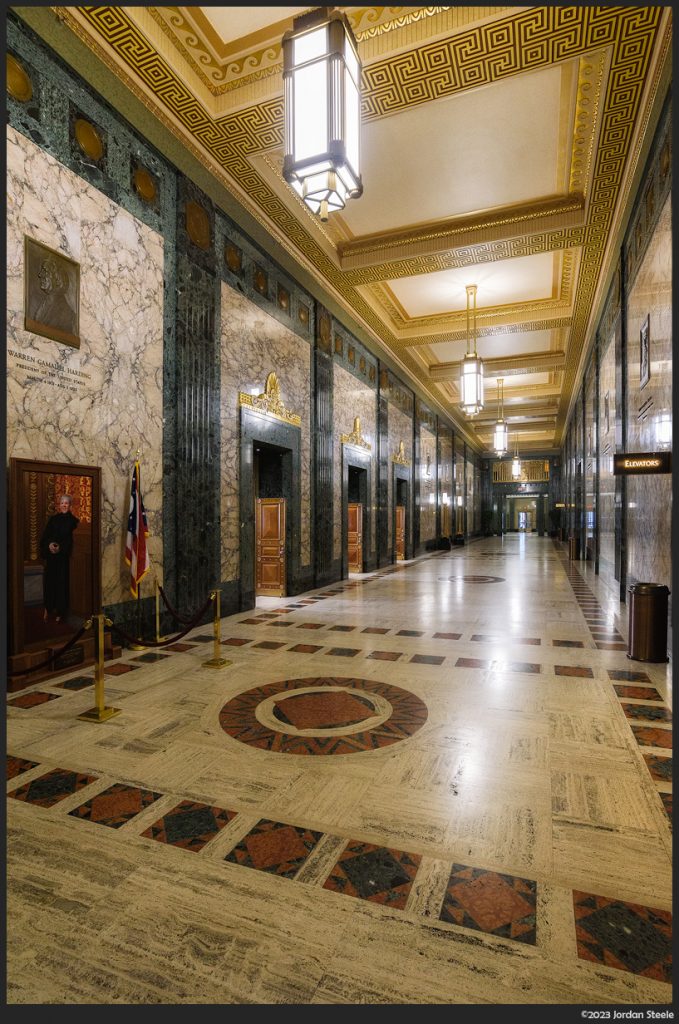
Image quality, however, is very good, and the sensor in the D750 is still competitive even 9 years after its release. The 24 megapixel resolution is plenty for the vast majority of shooters, and the sensor has excellent dynamic range, lovely color and tonality, and pretty good high ISO performance as well.
Overall, the D750 is a very competent camera that is a great choice for those who want full-frame image quality on a budget, and is an excellent all-rounder for a wide variety of shooters.
AF-S Nikkor 18-35mm f/3.5-4.5G ED – Price paid: $344 (MPB.com)
The first thing that you notice when picking up the AF-S 18-35mm, is that it is an exceptionally light lens for its size. At only 381g, it’s a featherweight among DSLR ultra-wide zoom lenses, and I love that about it. The lens is very solidly constructed, with a tough polycarbonate exterior and zero flex anywhere on the body. The zoom ring turns smoothly and with nice damping, and the zoom action is internal-ish…the interior optical assembly moves, but stays within the confines of the outer barrel and filter threads. The focus ring is a bit scratchy, however, and is the only thing that feels a bit cheap on the lens. The 18-35mm takes 77mm filters.
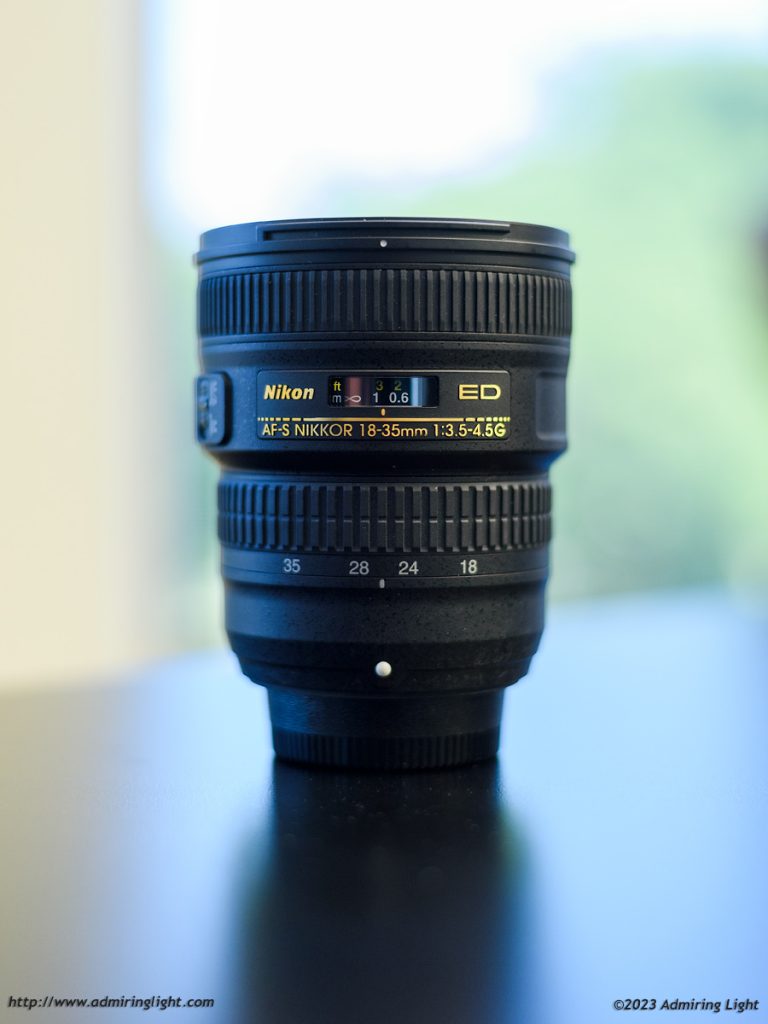
Optically, the 18-35mm is pretty good for an inexpensive ultra-wide zoom. The lens is best at the wider focal lengths. At 18mm, the lens is good wide open and very sharp over about 95% of the frame when stopped down. The extreme corners retain some softness at all apertures. The middle focal lengths are likewise quite good, with very high levels of detail across most of the frame. When you near 35mm, the lens falls off quite a bit, with decent central sharpness, but a fairly significant dip at the edges of the frame. I tend to use this lens in the 18-28mm range, and there it does very well.
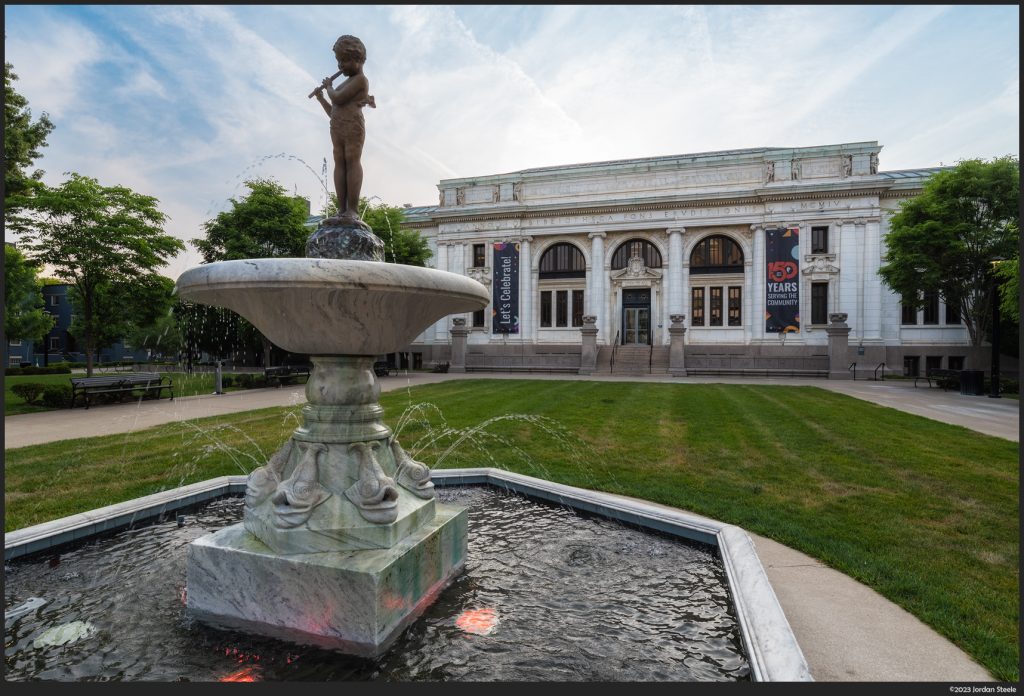
The lens shows some complex barrel distortion throughout the zoom range that is worst at the wide end. The lens profiles in lightroom correct a lot of this, but they aren’t perfect, and some residual distortion is visible even with the profile applied. Vignetting is high wide open and eases upon stopping down. Flare control is quite excellent. Overall, a solid lens and a good choice for the budget-minded consumer
AF-S Nikkor 24-85mm f/3.5-4.5G ED VR – Price paid: $199 (MPB.com)
The 24-85mm f/3.5-4.5 VR is a good moderate aperture standard zoom with stabilization. It was used as one of the kit lens options for the D610. The lens is reasonably compact and moderate in weight at 465g and is constructed of polycarbonate on a metal mount. The lens extends while zooming, using a double-barrel construction. The zoom ring is a bit sloppy. The resistance changes as you zoom, with the highest resistance at 24mm, before the extension has really taken hold. Like the 18-35mm, the focus ring is thin, slightly scratchy and feels cheap. The VR system is reasonably effective, and I was able to rely on the stabilizer to let me hand-hold the lens about 2-3 stops slower than without VR.
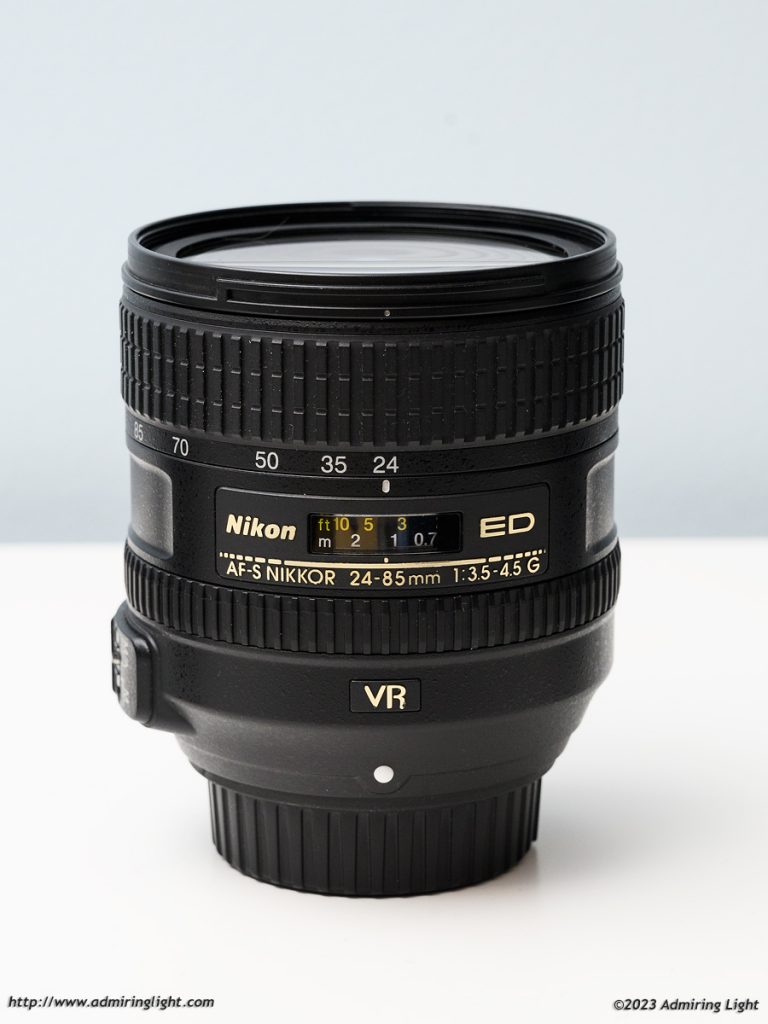
Optically, the lens is quite good. I found it to produce images with very good central sharpness throughout the entire zoom range when stopped down, and is even quite good wide open. The edges and corners are a little softer, but still quite good throughout the zoom range. At the wide end, the corners show some visible astigmatism, but that’s about the only real complaint I have with sharpness, and it’s pretty minor. Bokeh is unremarkable, but is better than a lot of kit zooms.
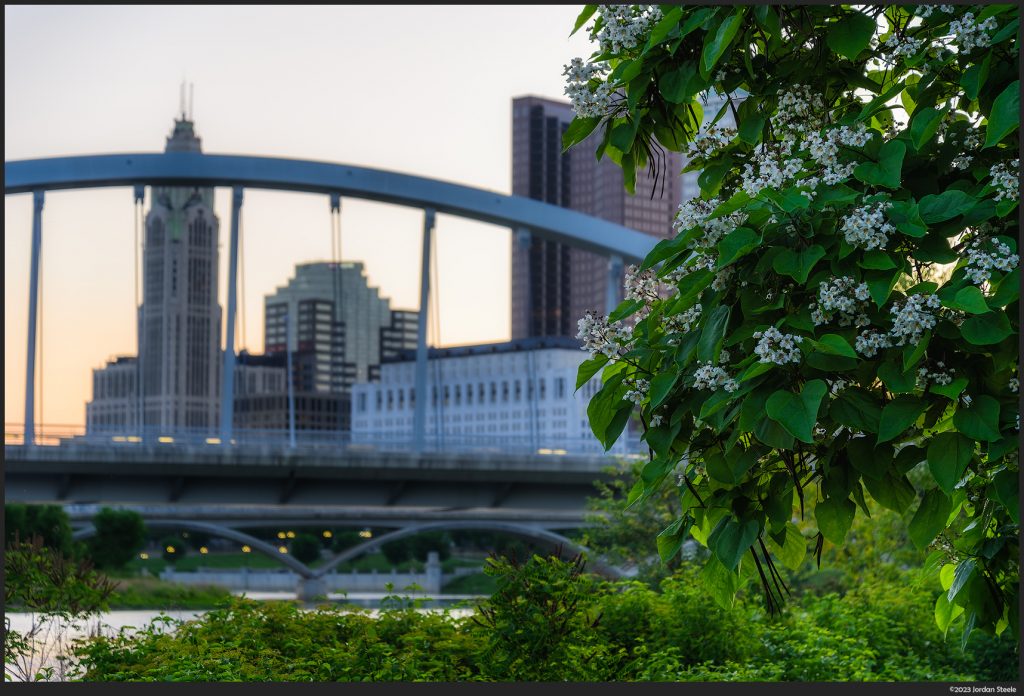
There’s definitely the typical standard zoom distortion to deal with, but it’s not terrible on this lens. Some moderate barrel distortion at the wide end, and some heavier pincushion distortion at the long end is very well taken care of by Lightroom’s lens profile, unlike with the 18-35mm. Vignetting is fairly strong wide open, but eases upon stopping down. Flare control is pretty good overall, though it can produce some ghosting with the sun in certain positions. Overall, it’s a pretty nice optic, even if it doesn’t really ‘wow’ me in any areas.
AF Nikkor 35mm f/2D – Price paid: $160 (Midwest Photo, Columbus)
Probably the best overall deal I got when assembling my kit, the AF 35mm f/2D I purchased is in outstanding condition. The going rate for this lens in this condition is typically around $320, but I got it for half that. The 35mm f/2D started production in 1995 and remained in production until around 2020 when it was finally discontinued. My copy dates from 2006 or 2007, based on the serial number.
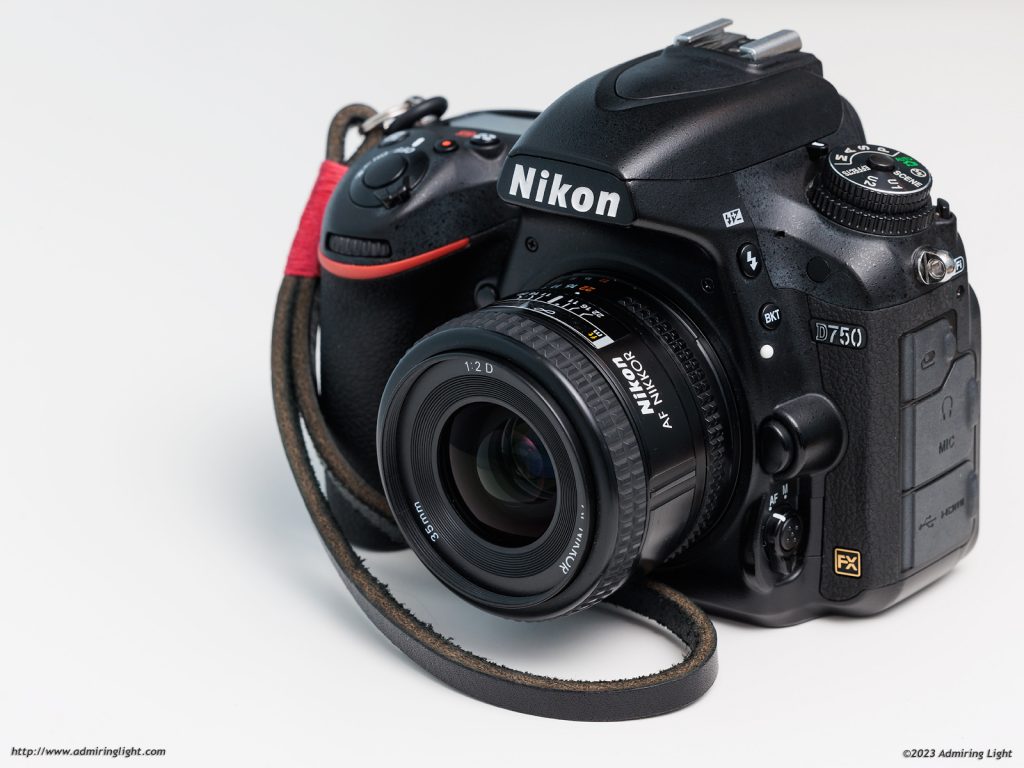
I actually really like the way this lens looks and feels, with it’s 90s utilitarian vibe, and the exceptionally compact and lightweight nature of the lens. The lens is predominantly made of plastic, and while it isn’t the highest-end construction, it’s also just fine for a lens like this. Autofocus is moderate in speed, and after AF Fine Tune, the focus was generally accurate for me.

Regarding image quality, the AF 35mm f/2D is reasonably sharp wide open over most of the frame, but softens at closer focus distances. The edges are a little soft at wide apertures, but sharpen up very nicely when stopping down. Bokeh is relatively pleasing for a lens of this type but does have some rough edges on specular highlights. One area that impresses is in flare control, with very minimal ghosting or loss of contrast when shooting into bright light.
AF-S Nikkor 50mm f/1.8G – Price paid: $150 (World of Photography)
I probably paid about $35 more than I should have for this lens, but I believe it’s the only lens I didn’t get a great deal on. The AF-S Nikkor 50mm f/1.8G is Nikon’s nifty-fifty – a low cost standard lens with a moderately wide aperture. My copy is in good condition, aside from some paint wearing off the gold lettering. The 50mm f/1.8 is built pretty well for a budget prime, with no creaks or flex in the lens body, but it does feel very light and the scratchy focus ring hints at its mid-range build quality. The lens focuses reasonably quickly and quietly.
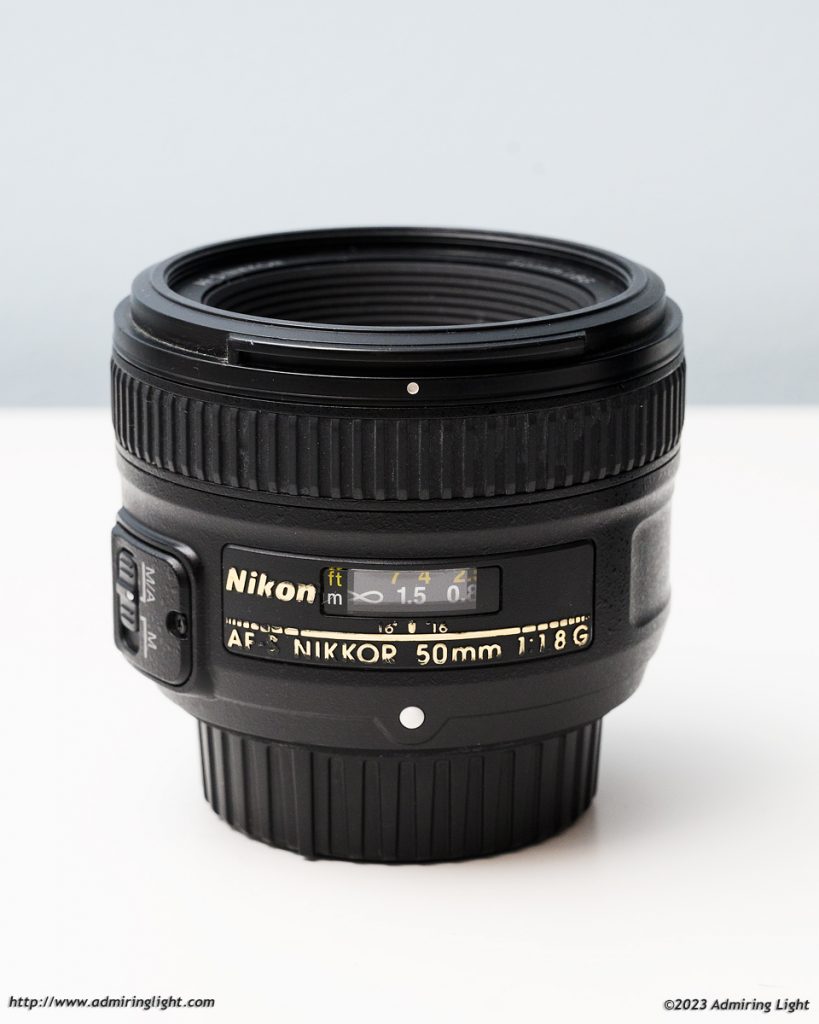
Optically, the AF-S 50mm f/1.8G is decent. It’s reasonably sharp at mid-range distances wide open, with some falloff towards the edges. Like a lot of cheaper 50mm lenses, it does soften noticeably when shot close up at wide apertures. Stopping down to f/4 or f/5.6 brings sharpness to excellent levels across the frame.
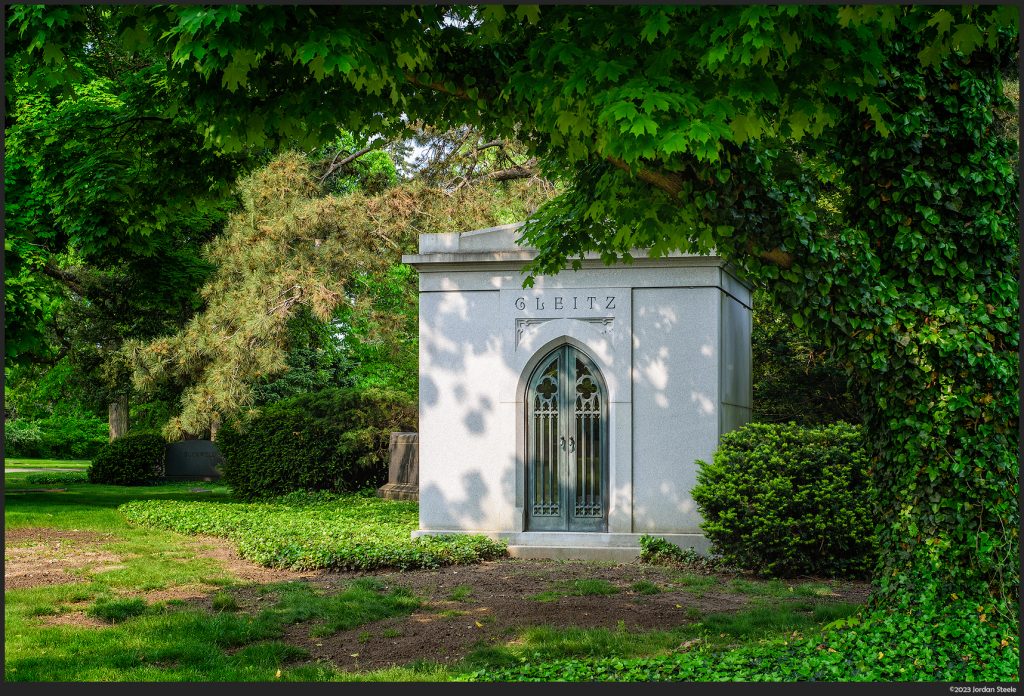
The lens performs surprisingly well with regards to bokeh, with a smoother than usual background blur than a lot of other lenses in this class. It’s still not perfect bokeh, with some longitudinal CA visible around specular highlights and a bit of roughness in some areas, but the overall rendering is superior to something like the Canon EF 50mm f/1.8 STM.
AF Nikkor 70-210mm f/4.5-5.6D – Price paid: $52 (KEH.com)
This lens is a bit of a forgotten gem that costs next to nothing, focuses reasonably fast and has surprisingly good image quality for such a cheap lens. Build is excellent, save for the potential for the push-pull zoom mechanism to loosen up over time and creep if pointing the camera straight up or down. My copy was built fairly early in the production run, dating it to the early 1990s, yet it is in essentially mint condition.
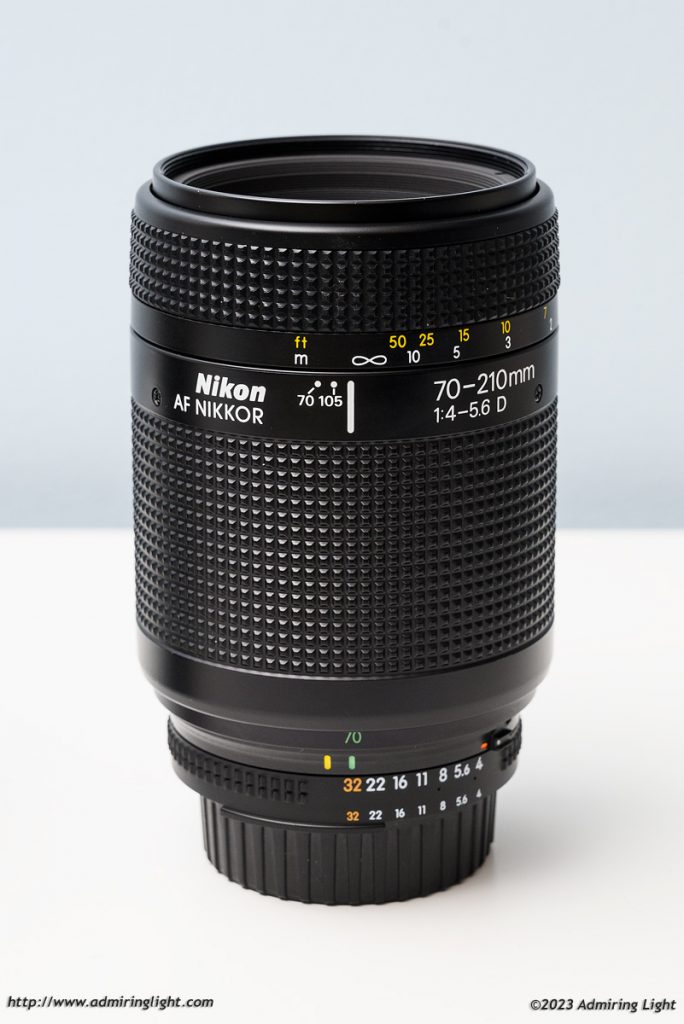
The lens focuses reasonably quickly, though the screw-drive AF is fairly loud like all screw-drive lenses. Accuracy was generally good. Optically, the lens punches above its price point, with very good sharpness centrally throughout the zoom range, though it softens a little as you get to 210mm. Edge sharpness is even good through most of the zoom range, right from wide open. Only from about 190-210mm do the edges begin to fall off, and in that long end of the zoom range, stopping down doesn’t do a whole lot. Still, the lens is very usable throughout the range, even if it falls behind more modern telephoto zoom lenses.
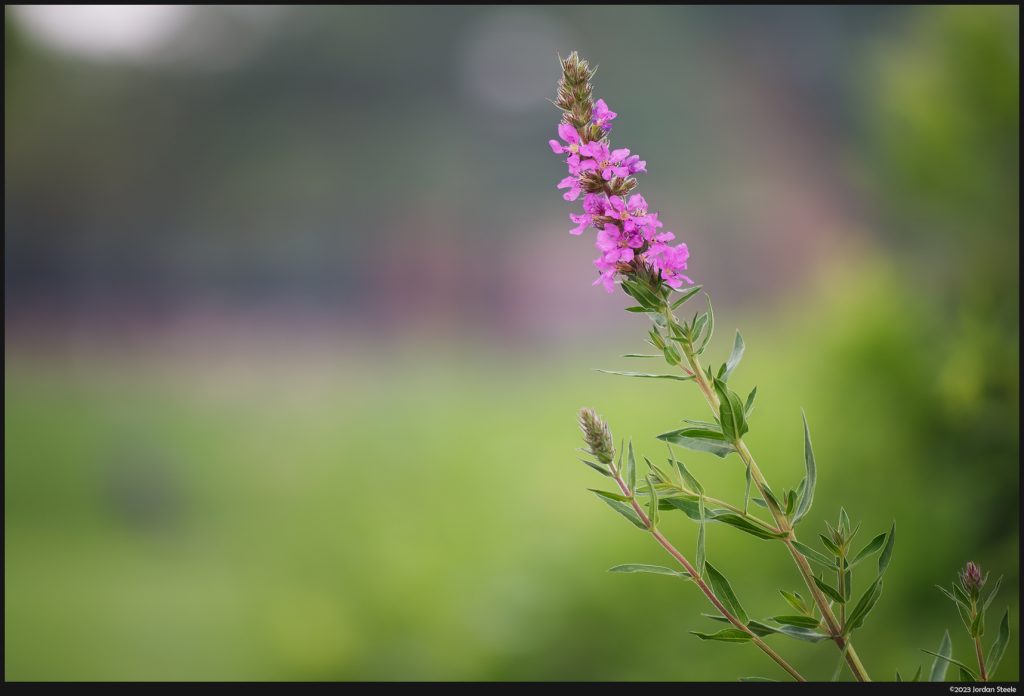
One are that was surprisingly excellent is bokeh, where the 70-210mm produces images with lovely out of focus areas that are smooth and creamy. I wasn’t expecting that with such a cheap and old lens. The shot above showcases this very well, though this was taken on the Nikon Z5 rather than the D750.
AI Nikkor 135mm f/3.5 – Price Paid: $80 (World of Photography)
While Nikon’s excellent 105mm f/2.5 is somewhat legendary, and the 135mm f/2.8 AI and AI-S are well touted, the 135mm f/3.5 seems to sometimes be forgotten. My copy is a bit rough on the exterior, but the glass is perfect and the focus action is smooth as butter. My copy is likely from around 1979 based on the serial number.
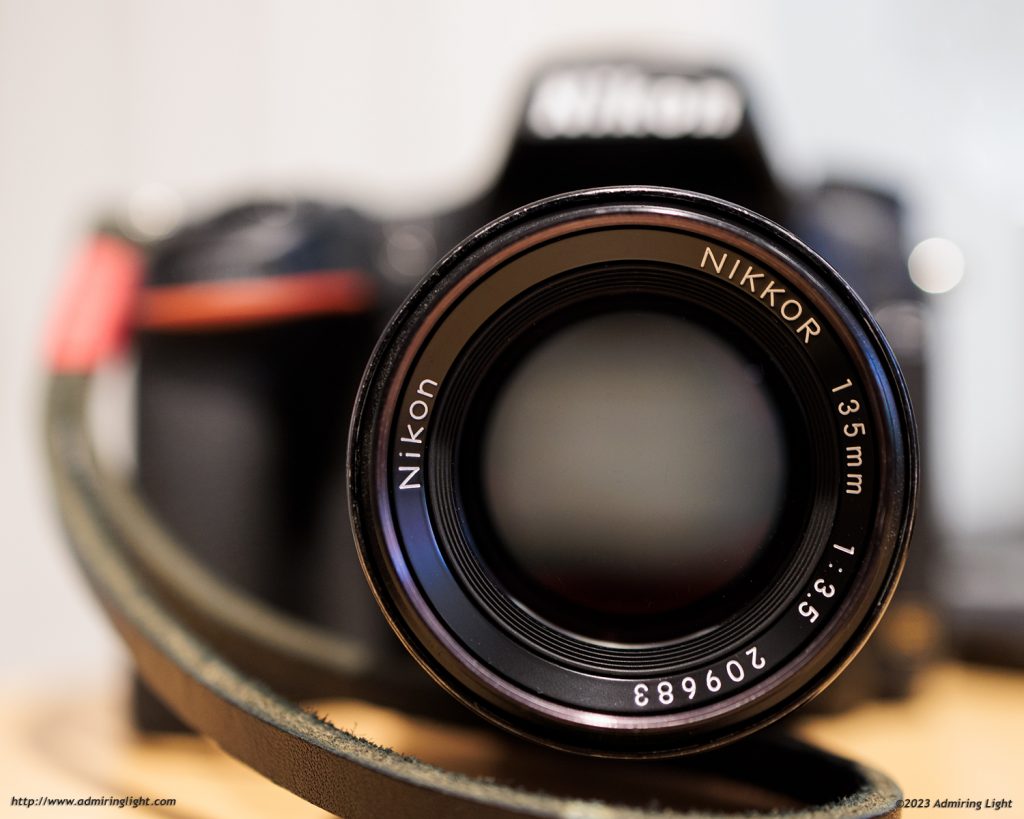
The lens is very compact and reasonably lightweight at 409g. Like all of Nikon’s AI and AI-s glass, construction is excellent, though my copy’s extending lens hood is a bit stiff to pull out.
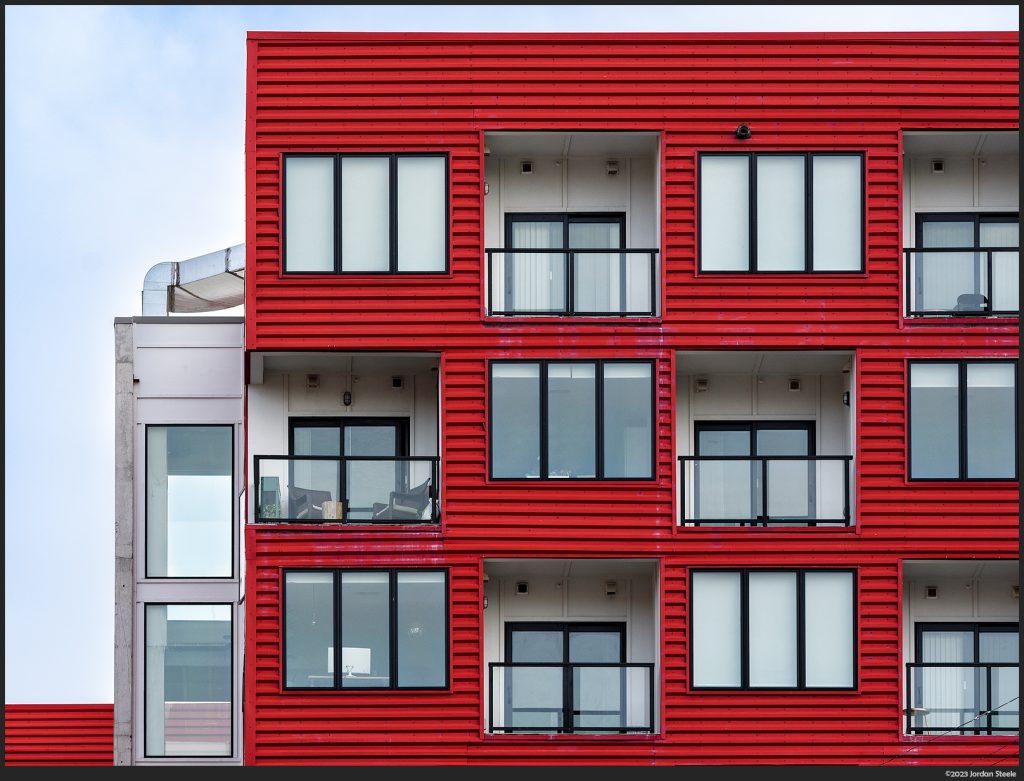
Optically, the 135mm f/3.5 is stellar. Wide open it’s very sharp centrally, and good at the edges, and stopped down it’s razor sharp corner to corner. Bokeh is quite pleasing, and color and contrast are great. The lens shows almost no visible distortion, and vignetting is quite moderate. I didn’t get a chance to test flare performance. This is a great lens, and a wonderful bargain if you’re willing to manually focus.
AI-S Nikkor 180mm f/2.8 ED – Price paid – $209 (KEH.com)
The AI-S Nikkor 180mm f/2.8 ED is a bit of a legendary lens. It was first released in the early 1980s, and has gained a cult following in recent years due to its good sharpness, beautiful bokeh and just overall excellent rendering. Nikon also introduced two autofocus versions of this lens, which also are highly touted. Even with the new AF versions, though, Nikon kept the AI-S Nikkor 180mm f/2.8 ED in active production all the way to 2005. My copy is one of the later production models, and based on serial number was built sometime in the early 2000s.
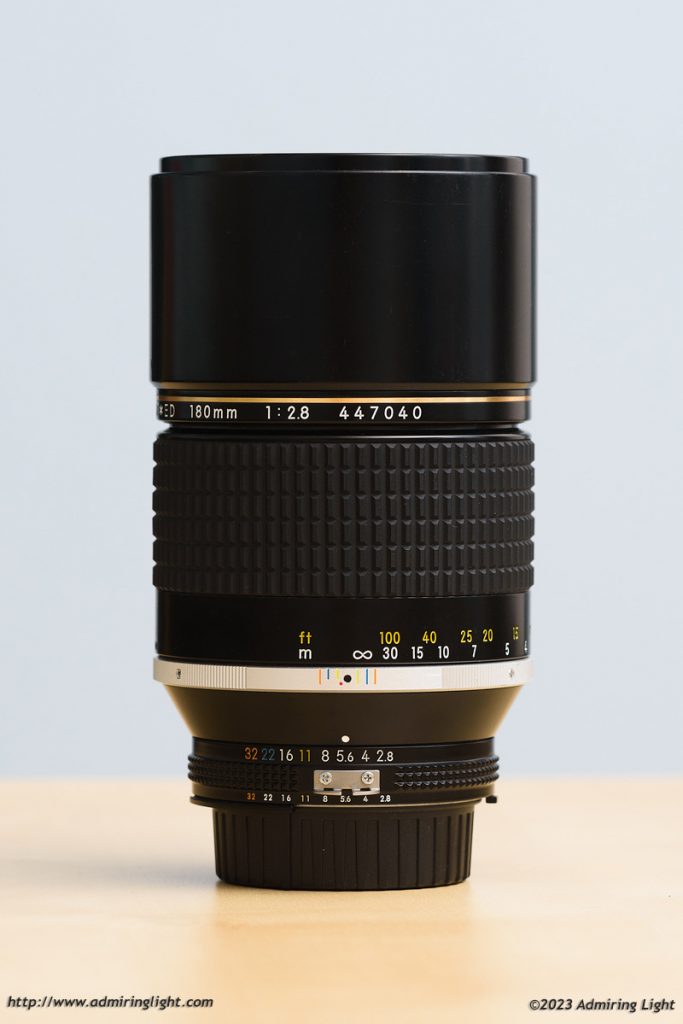
The 180mm f/2.8 ED is a gold-ring lens, and is built exceptionally well. It’s a hefty 793g of metal and glass, and it looks gorgeous. The focus ring is large and extremely well damped and smooth. The extending lens hood snaps confidently into place with a magnet. The only down-side from a physical perspective is the aperture ring, which has a tendency to slightly overshoot each stop, despite rather strong detents. I sort of have to rock it slightly back into the notch when changing aperture.

Optically, the lens is worthy of its reputation. While not as blisteringly sharp as any number of modern lenses, it’s still capable of very good resolution right from f/2.8. The lens is really optimized for close to medium distances, with great sharpness in this range. Towards infinity, it’s not quite as great, but still good, with slightly softer edges.
Where the 180mm f/2.8 ED shines is in its rendering. It maintains excellent contrast from wide open, with absolutely gorgeous bokeh. Honestly, its out of focus rendering is some of the most pleasing of any lens I’ve used. This is a lens that definitely still has application for serious shooting over 40 years after its release.
And that’ll wrap things up!




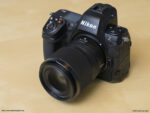
Leave a Reply